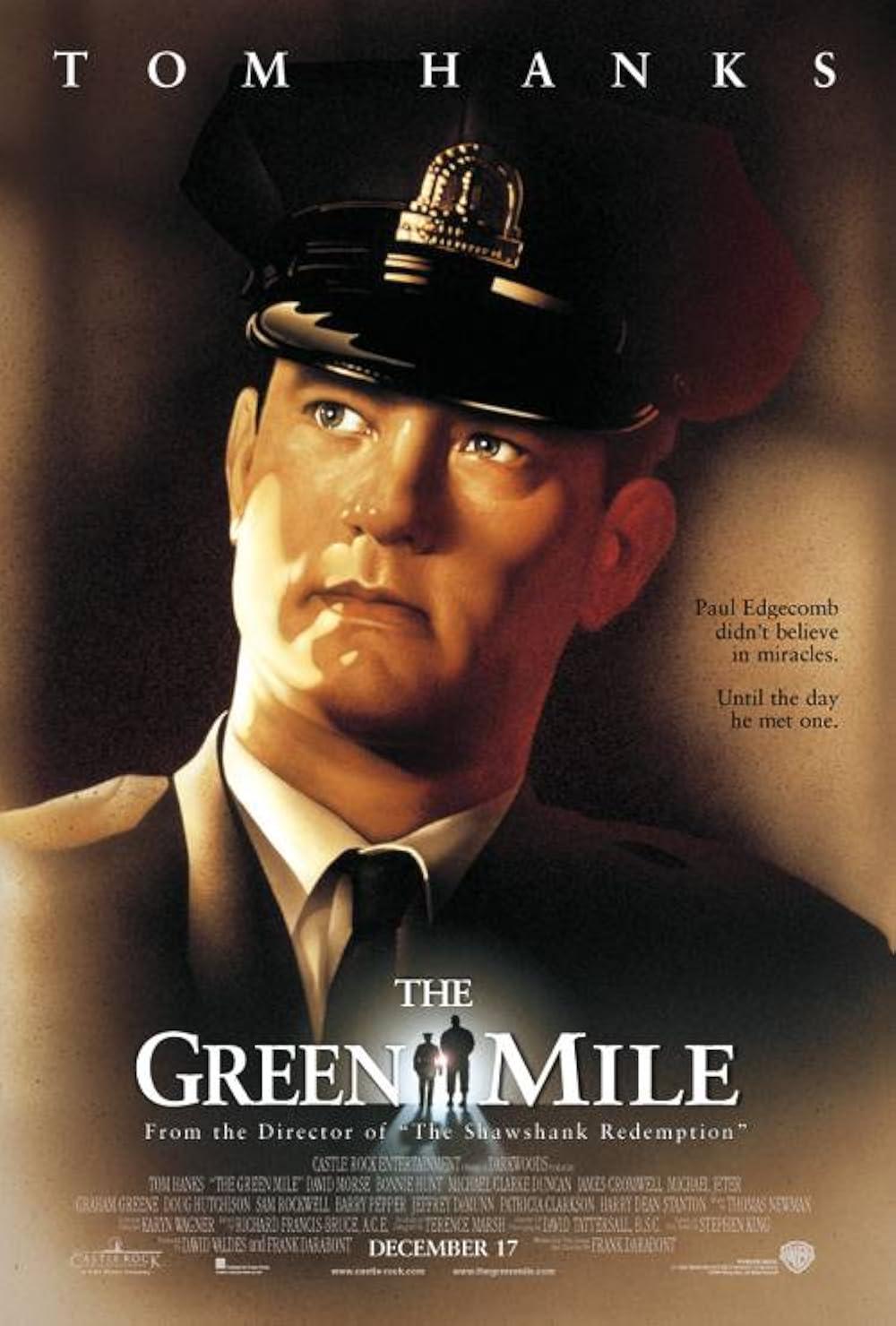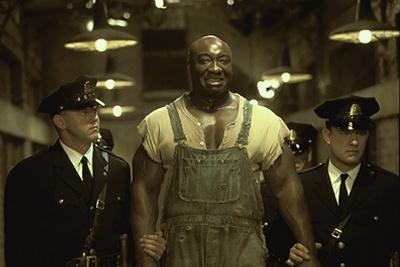“fantasy-elements/” title=”How The Green Mile Portrays Redemption Through Fantasy Elements”>The Green Mile,” a cinematic adaptation of Stephen King’s novel, stands as a compelling fusion of fantasy and realism, artfully weaving these elements to create a profound narrative set within the confines of a 1930s penitentiary. This film transcends the conventional boundaries of a prison story by incorporating supernatural motifs that challenge the viewer’s perception of justice, morality, and human empathy. Through its intricate storytelling, “The Green Mile” presents a unique exploration of the human condition, employing fantastical elements not merely as escapism, but as a lens to magnify the stark realities and ethical dilemmas faced by those on both sides of the prison bars. This article delves into the delicate balance the film strikes between the fantastical and the realistic, analyzing how this interplay enriches the narrative and deepens the impact of its social commentary.
Exploring the Intersection of Fantasy and Realism in The Green Mile
Stephen King’s The Green Mile masterfully intertwines elements of fantasy and realism, creating a unique narrative set within the grim confines of Cold Mountain Penitentiary. The novel’s realism is evident in its detailed depiction of life on death row during the Great Depression, capturing the harshness and routine of the prison environment. This is juxtaposed with fantastical elements that challenge the boundaries of the mundane. The character of John Coffey, with his miraculous healing powers, serves as a conduit for the story’s supernatural aspects, offering a stark contrast to the gritty realism of the prison setting.
- Characterization: The novel presents well-rounded characters that ground the story in reality, while their interactions with the supernatural challenge readers’ perceptions.
- Setting: The stark, oppressive atmosphere of the penitentiary heightens the impact of the fantastical elements, making Coffey’s abilities seem even more extraordinary.
- Symbolism: The interplay between fantasy and realism serves as a metaphor for the themes of justice, redemption, and the inexplicable nature of human existence.

Analyzing Character Development and Supernatural Elements
In ”The Green Mile,” the juxtaposition of character development and supernatural elements serves as a pivotal narrative device, allowing the story to transcend the conventional boundaries of a prison tale. The characters, particularly the guards and inmates of Cold Mountain Penitentiary, are intricately developed, showcasing a spectrum of human emotions and moral dilemmas. Paul Edgecomb, the head prison guard, exemplifies this complexity as he navigates the ethical quandaries posed by his interactions with John Coffey, a death row inmate possessing mysterious healing powers. This dynamic raises questions about justice, redemption, and the essence of humanity, enriching the narrative with profound depth.
- John Coffey: His supernatural abilities starkly contrast with his gentle demeanor and tragic fate, challenging the perception of guilt and innocence.
- Paul Edgecomb: His transformation throughout the story highlights the struggle between duty and compassion, influenced by the inexplicable events he witnesses.
- Brutal Howell and the other guards: These characters provide a spectrum of reactions to the supernatural, from skepticism to awe, reflecting the broader societal response to the unexplainable.
The supernatural elements, woven seamlessly into the fabric of the narrative, serve not only as a plot mechanism but also as a metaphorical lens through which the characters’ moral and ethical evolution can be observed. The prison setting, grounded in the harsh realities of 1930s America, contrasts with Coffey’s miraculous abilities, creating a rich tapestry that questions the nature of good and evil. This interplay between the fantastical and the realistic invites readers to explore deeper philosophical themes, making “The Green Mile” a compelling study of character and morality.

The Role of Setting in Enhancing Narrative Authenticity
The setting of The Green Mile plays a crucial role in enhancing the narrative’s authenticity by grounding its fantastical elements within a meticulously crafted, realistic environment. The film’s depiction of the 1930s Cold Mountain Penitentiary is both vivid and immersive, inviting audiences to step into a world that is as tangible as it is haunting. This setting acts as a backdrop against which the extraordinary events unfold, creating a stark contrast that highlights the film’s exploration of the supernatural. The prison itself, with its austere architecture and oppressive atmosphere, serves as a character in its own right, reflecting the themes of confinement and redemption that permeate the story.
- Atmospheric Detail: The attention to detail in the prison’s depiction—from the claustrophobic cells to the echoing corridors—anchors the viewer in a place that feels lived-in and authentic.
- Historical Context: The period-specific elements, such as the uniforms, technology, and societal attitudes, lend credibility to the narrative, allowing the fantastical elements to emerge seamlessly.
By juxtaposing the grim reality of prison life with moments of inexplicable wonder, the setting not only enhances the believability of the story but also enriches its emotional impact. The juxtaposition of the ordinary and the extraordinary invites viewers to ponder the boundaries between reality and fantasy, making the narrative all the more compelling.
Recommendations for Balancing Fantasy and Realism in Storytelling
- Developing Relatable Characters: In “The Green Mile,” the characters are grounded in their humanity, making them relatable despite the extraordinary events that unfold. By focusing on the emotional depth and moral dilemmas faced by the prison guards and inmates, the story achieves a balance where the audience can connect with the characters on a personal level. This connection makes the fantastical elements more impactful, as they are experienced through the lens of real human emotion.
- Setting a Believable World: The film’s depiction of the 1930s Southern prison is meticulously detailed, providing a realistic backdrop that anchors the narrative. The authentic setting allows the supernatural elements, such as John Coffey’s healing powers, to stand out against a credible world, enhancing their sense of wonder. The contrast between the gritty realism of the prison environment and the mystical occurrences underscores the film’s themes, inviting viewers to question the boundaries between reality and the inexplicable.
- Integrating Themes Seamlessly: By intertwining themes of justice, redemption, and the human condition, “The Green Mile” navigates the space between fantasy and realism with finesse. The narrative uses fantastical elements not as mere plot devices, but as metaphors that deepen the exploration of its core themes. This approach allows the story to resonate on multiple levels, engaging the audience both intellectually and emotionally.
